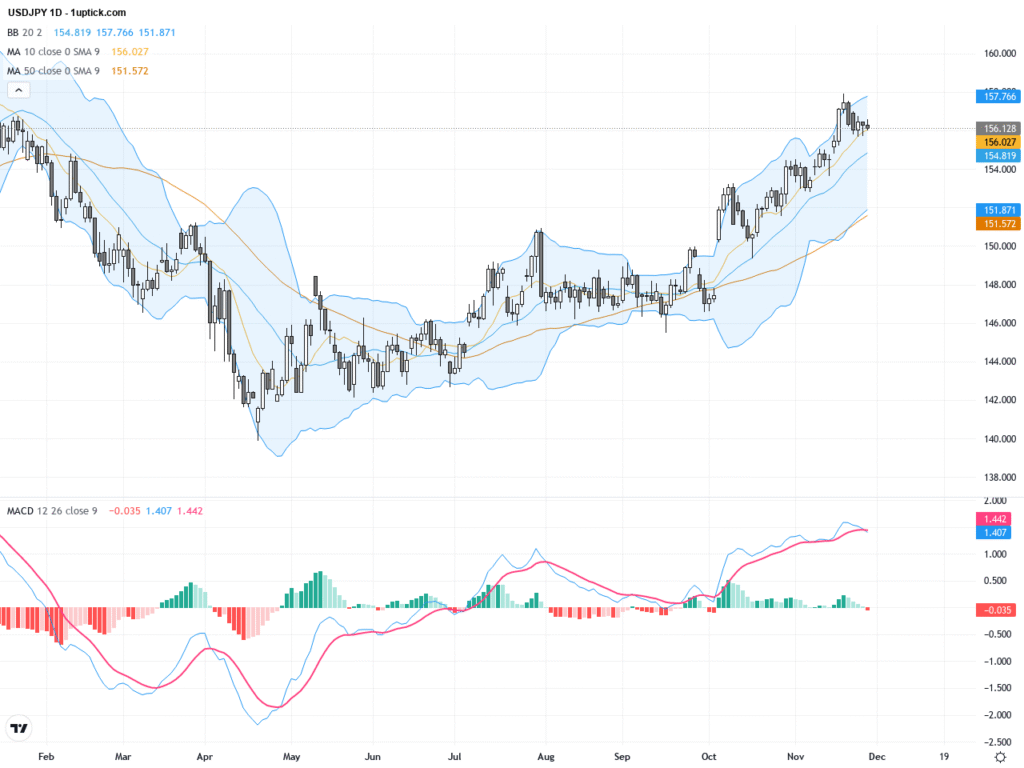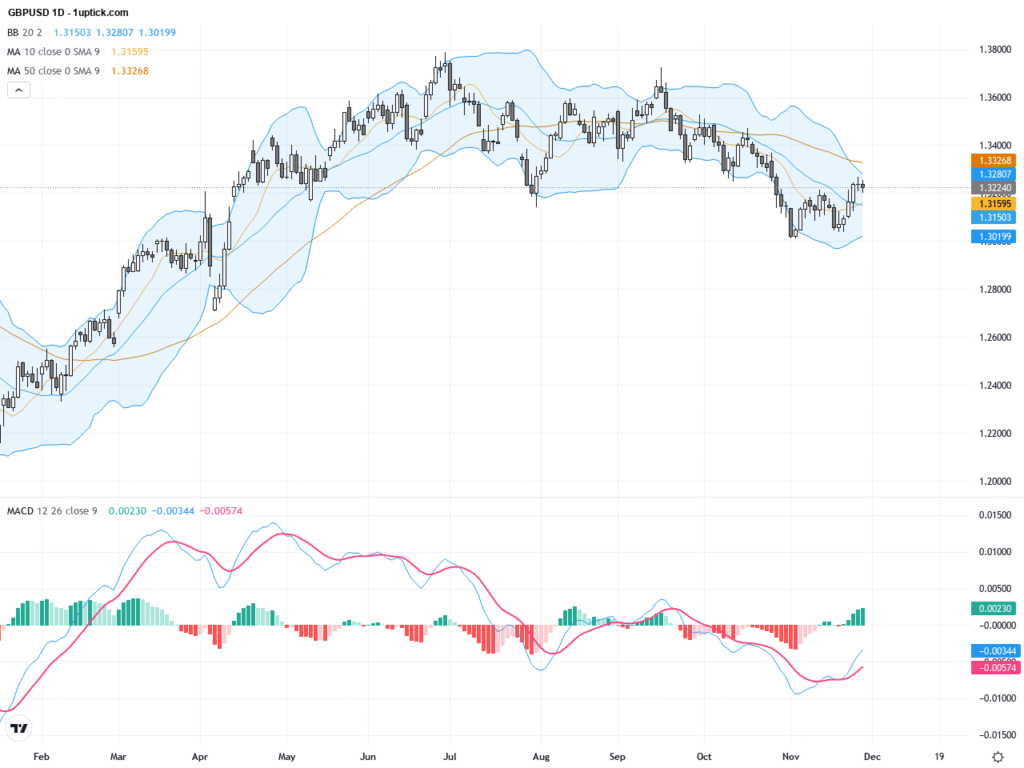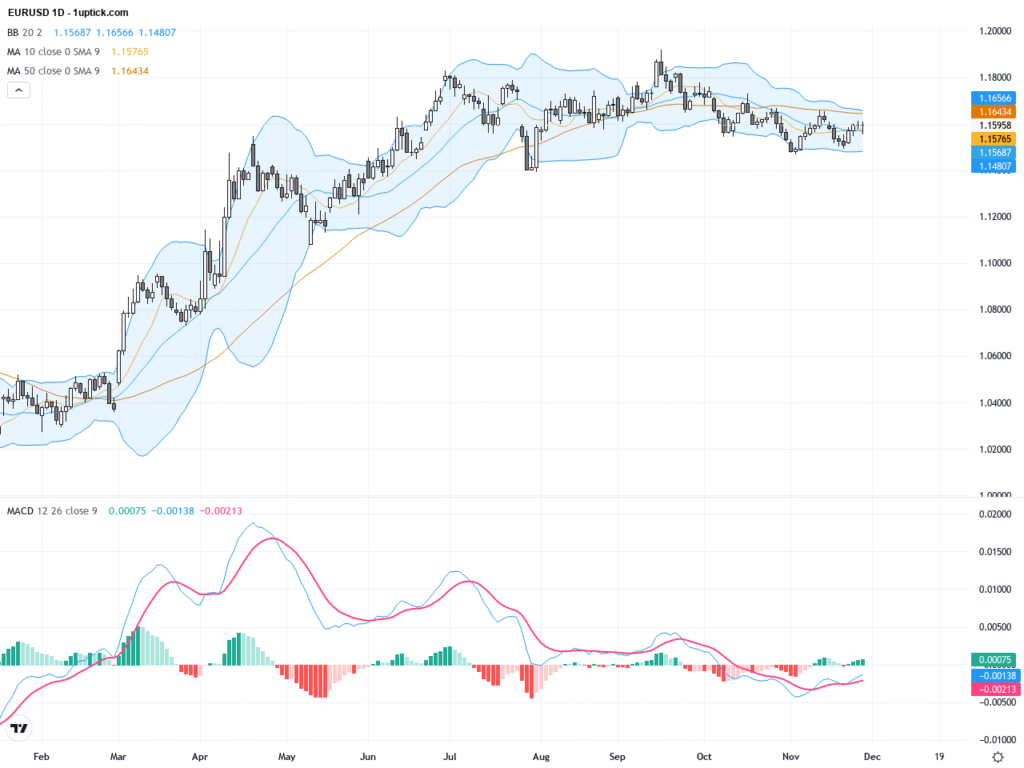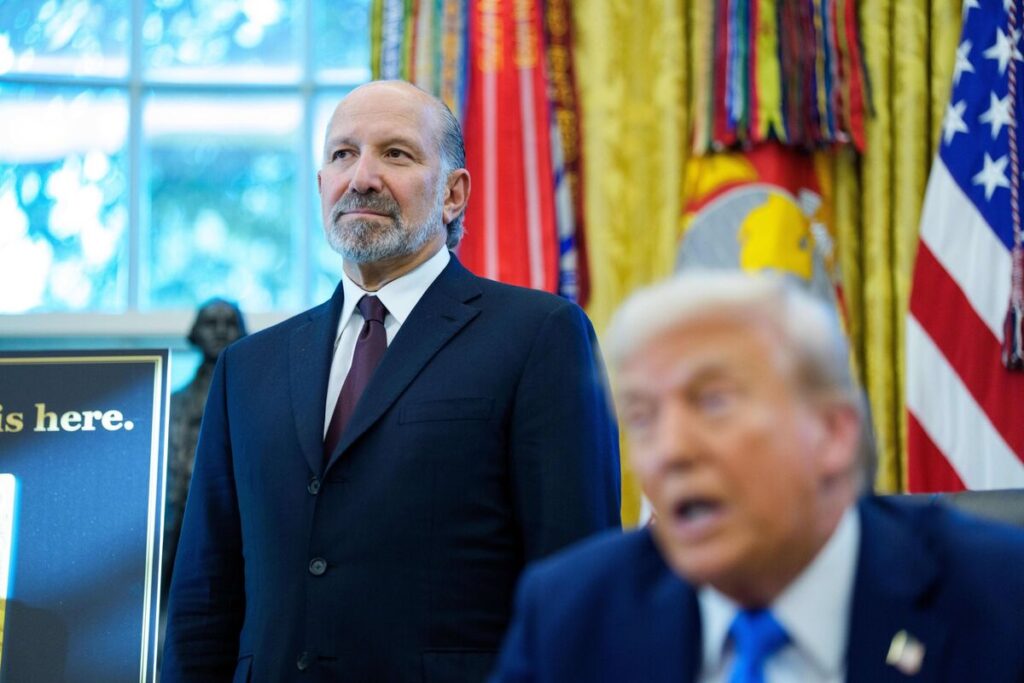 |
| Gold V.1.3.1 signal Telegram Channel (English) |
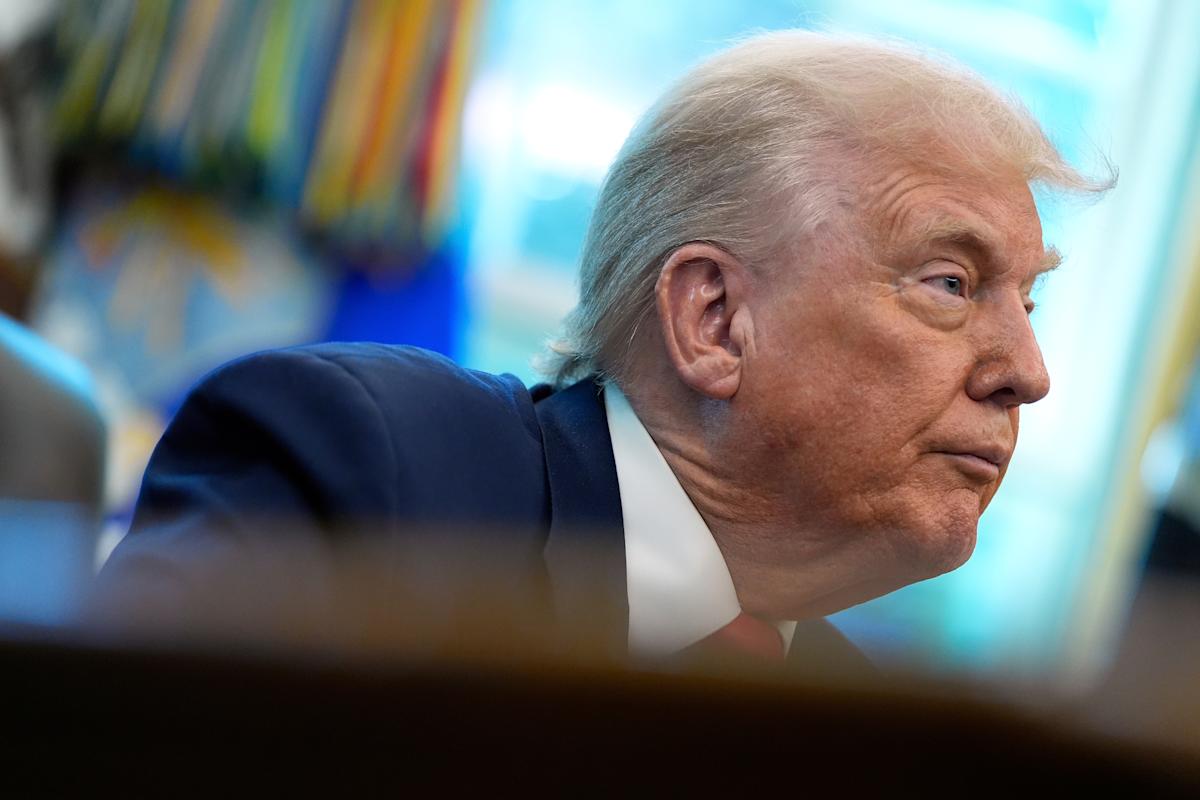
Trump Administration Eyes Investment in Intel: What It Means for U.S. Chip Industry and Stock Market Surge
2025-08-17 @ 03:00
Intel Stock Surges Amid Reports of Potential Trump Administration Investment
Intel, one of America’s leading semiconductor companies, has made headlines after reports surfaced that the Trump administration is actively considering acquiring a stake in the company. This move, if confirmed, would represent a significant step by the U.S. government to support domestic chip manufacturing and secure technological leadership against global competition. The news sparked notable interest and gains in Intel’s stock, underscoring how government involvement can shift investor sentiment and reshape the industry’s future.
Why Is the Administration Interested in Intel?
The initiative reportedly centers around using provisions from the Chips Act, a federally-backed program designed to strengthen U.S. chip production and reduce reliance on foreign suppliers. The goal is to inject capital directly into Intel, bolstering its efforts to build what could become the largest semiconductor fabrication facility in Ohio. The stakes are high: semiconductors power everything from smartphones and laptops to critical infrastructure and national defense systems.
For policymakers, the push to invest in Intel reflects broader concerns about national security. Market leaders like Taiwan Semiconductor Manufacturing Company (TSMC) and others overseas have outpaced U.S. firms in advanced chip technology—raising concerns that America could become vulnerable should global supply chains falter due to geopolitical tensions.
What Does This Mean for Intel?
Intel has faced scrutiny over its competitive position in recent years. While it remains a major player, rivals have taken the lead in producing cutting-edge chips for everything from data centers to consumer electronics. With U.S. authorities contemplating direct investment, Intel could gain the financial backing and strategic support necessary to reclaim leadership, accelerate innovation, and close the gap with international competitors.
A government stake in Intel would not just be a financial lifeline—it would signal to global markets that the U.S. is committed to defending its technological base and ready to intervene when national priorities are at risk. Analysts see this as a pivotal moment in American industrial policy, one that could redefine the relationship between government and private enterprise in high-tech sectors.
Impacts on the Stock Market and Industry
News of potential government investment quickly lifted Intel’s share price. Investors responded positively to the prospect of federal support, interpreting it as a sign that Intel’s growth prospects may improve even as the industry faces cyclical challenges. The move also renewed interest across the broader semiconductor sector, as market participants speculated about whether similar actions could come for other U.S. chipmakers.
Beyond short-term stock performance, the deeper implication is a possible shift toward greater government participation in strategic industries. While the U.S. has historically favored private sector-led innovation, the changing geopolitical landscape and escalating competition from China and other players may prompt more direct roles by policymakers in critical supply chains.
National Security Comes Into Focus
Securing America’s chip supply is no longer just an economic issue—it’s a matter of national security. Chips are essential for modern weapons systems, communications networks, and infrastructure. The administration’s deliberations about investing in Intel reflect urgent concerns about the country’s vulnerability if foreign sources were to become unreliable.
Experts highlight that going on what they call “wartime footing” for U.S. industry means being ready to respond quickly to emerging challenges. By supporting Intel’s expansion within U.S. borders, the government seeks to strengthen the nation’s resilience and autonomy in an area critical to technological and military advantage.
Challenges and Questions Ahead
While talks between Intel’s leadership and federal officials appear to be progressing positively, fundamental questions remain. Will a government stake be enough to propel Intel’s technology ahead of formidable competitors? Can federal involvement address long-term issues that have weighed on the company’s performance? And, importantly, how will markets and industry partners adjust if the U.S. government becomes a shareholder in a major corporation?
Some critics argue that financing alone won’t resolve industry challenges such as talent shortages, complex supply chains, and the rapid pace of technological change. Others see potential risks in blurring the lines between public and private sectors. Still, for now, the prospect of government investment signals optimism about rejuvenating American chip manufacturing and ensuring its relevance for decades to come.
Conclusion
Intel’s future may hinge on this historic proposal, with the Trump administration contemplating a direct role in one of the world’s most important technology markets. The unfolding story will shape not just Intel’s trajectory but also the contours of U.S. industrial policy, global competition, and the security of technological supply chains. As news continues to develop, investors and industry observers alike will be watching closely to see if this government-backed bet brings a winning hand to America’s semiconductor ambitions.


